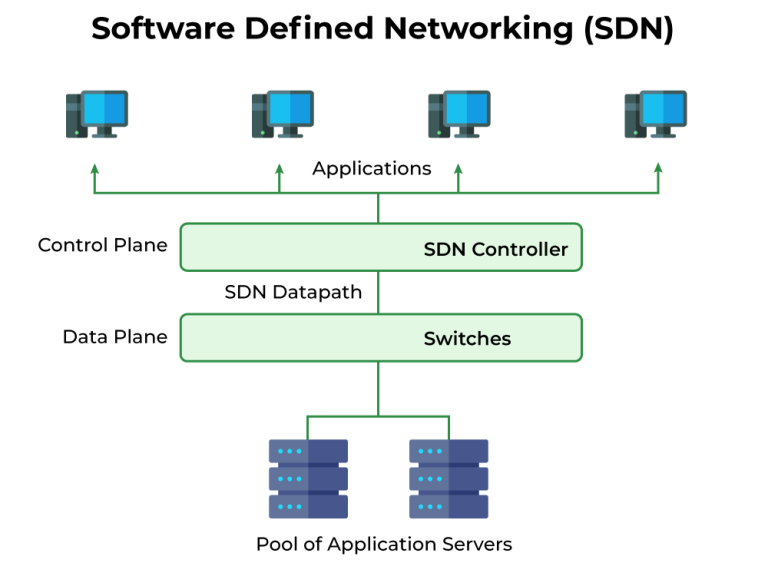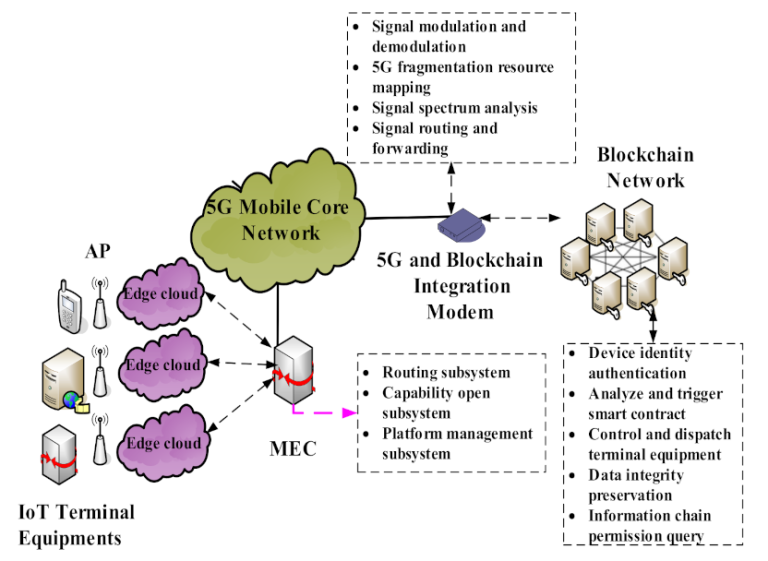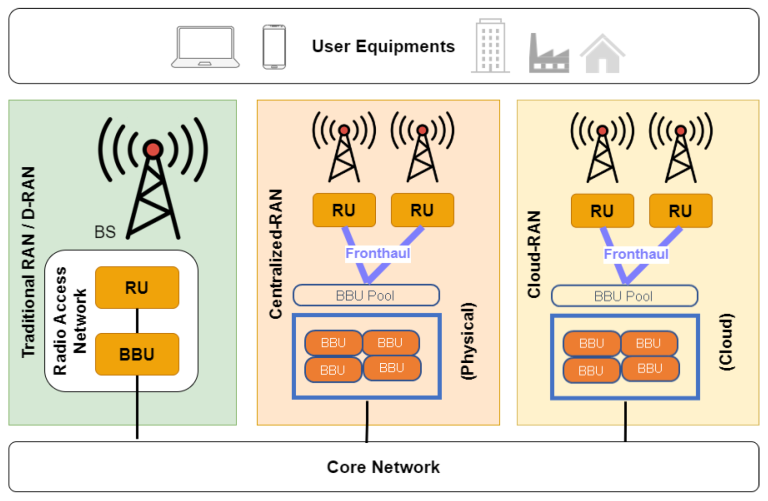Understanding V5GTF: The Verizon 5G Technology Forum Explained
telcomatraining.com – As the demand for faster and more reliable wireless communication grows, telecommunication giants continue to innovate and push the boundaries of network technology. One of the major players in this evolution is Verizon, which introduced the Verizon 5G Technology Forum (V5GTF) to accelerate the deployment of 5G networks. In this article, we will explore what V5GTF is, its significance in the 5G landscape, and how it has influenced the development of next-generation wireless connectivity.
What is V5GTF?
Verizon 5G Technology Forum (V5GTF) was established as a collaborative effort among industry leaders to develop early specifications for 5G networks. It served as a precursor to the official 3GPP 5G standards, allowing Verizon and its partners to test and implement 5G technology ahead of global standardization. By creating this framework, Verizon aimed to expedite the commercialization of 5G, ensuring a seamless transition from 4G LTE.
The Role of V5GTF in 5G Deployment
Before the formalization of the 3GPP 5G New Radio (NR) specifications, Verizon took the initiative to create V5GTF as a way to:
- Establish foundational 5G standards – The forum provided technical guidelines that manufacturers and network providers could follow for early 5G deployment.
- Accelerate network rollouts – By implementing V5GTF-based networks, Verizon was able to bring 5G services to select markets ahead of competitors.
- Drive industry collaboration – V5GTF encouraged cooperation between telecom companies, hardware manufacturers, and software developers to refine and optimize 5G technology.
Key Technologies Behind V5GTF
V5GTF leveraged several key technologies that are now integral to 5G NR:
- Millimeter Wave (mmWave) Spectrum – V5GTF utilized high-frequency bands (28 GHz and 39 GHz) to deliver ultra-fast speeds and low latency.
- Beamforming and Massive MIMO – These techniques improved signal efficiency, allowing better coverage and performance in dense urban areas.
- Edge Computing Integration – By bringing computation closer to users, V5GTF helped reduce latency and enhance real-time applications.
The Transition to 3GPP 5G NR
Although V5GTF played a crucial role in Verizon’s early 5G deployments, it was always intended as an interim solution. Once the 3GPP finalized the global 5G NR standards in 2018, Verizon and other industry players transitioned to these official specifications. This shift ensured worldwide compatibility and broader adoption of 5G technology.
The Impact of V5GTF on Today’s 5G Networks
The legacy of V5GTF continues to influence modern 5G networks in several ways:
- Faster Time-to-Market – Verizon’s early testing and deployment gave it a competitive edge in launching commercial 5G services.
- Infrastructure Readiness – Many of the foundational elements of V5GTF, such as mmWave usage and edge computing, are now standard in 5G NR deployments.
- Innovation Acceleration – By pioneering pre-standard 5G implementation, V5GTF spurred innovation and encouraged other telecom providers to expedite their 5G efforts.
Conclusion
The Verizon 5G Technology Forum (V5GTF) played a pivotal role in shaping the early development and deployment of 5G technology. By creating a pre-standard framework, Verizon successfully accelerated the rollout of 5G services and influenced industry-wide adoption. While the official 3GPP 5G NR specifications have now taken over, V5GTF’s contributions remain significant in the evolution of next-generation wireless networks. As 5G continues to expand globally, the groundwork laid by initiatives like V5GTF will be remembered as a key stepping stone in the journey toward a fully connected world.







